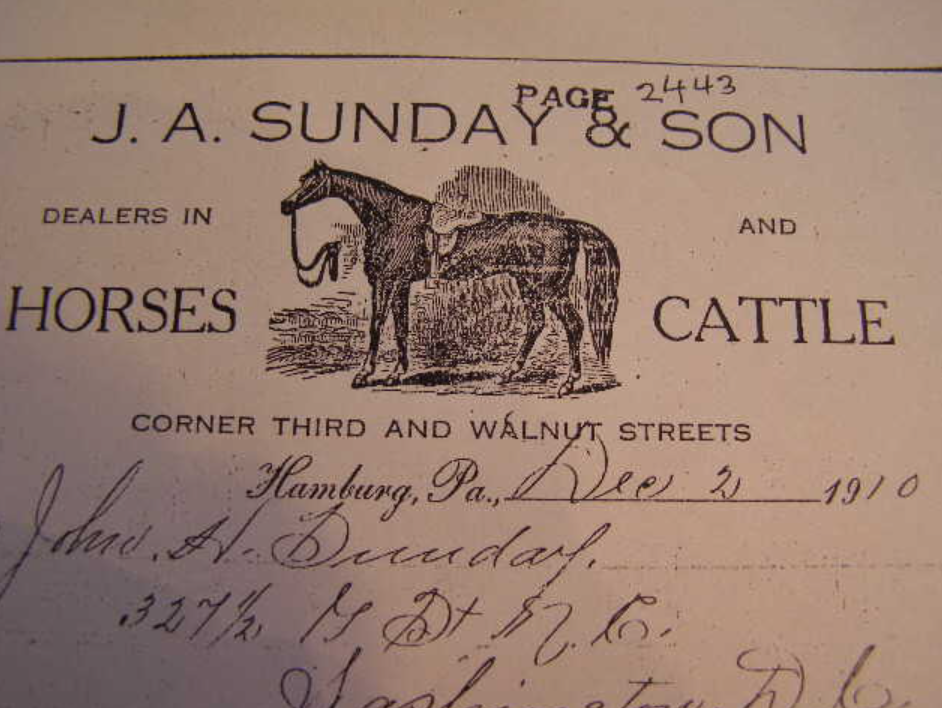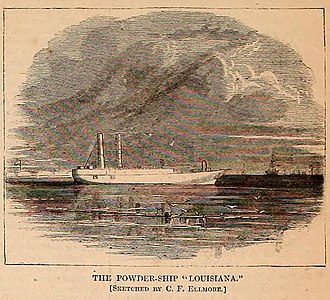John Albert
Sunday (Known as Albert) was born on the outskirts of Hamburg Pennsylvania on May
12th 1845 to John and Margaret Sunday.
At 18 he joined
company G of the 96th Pennsylvania Infantry and mustered in in
Pottsville PA on October 23rd 1861.
After the Battle of Gettysburg, the 96th Regiment, along with the rest of the Army of the Potomac, pursued General Lee's army southward. By October 1863, they were stationed along the Rappahannock River. During a subsequent battle near Bristoe Station, Albert was captured and swiftly sent to the notorious Andersonville Prison in Georgia.
He and two other Union soldiers managed to escape the prison in early September...
The story was relayed in the August 10th, 1893,
National Tribune
“A very pleasant reunion recently occurred in Chicago, involving
Comrades William Gannon of Hartland, Michigan; John A. Sunday of Hamburg (Pennsylvania);
and Robert Commons of Chicago. On September 11, 1861 (Should be 1864), these
three men escaped together from Andersonville. After traveling for nine days,
or rather nights, they reached the Union lines 12 miles south of Atlanta. They
attribute the success of their escape to a blunder.
When leaving the prison, they followed a little stream for
several hours, only to find that it brought them back to their original
starting place. This fortunate error meant the hounds, which were put in chase
immediately upon the discovery of their escape, did not track them, as the
roundabout circuit proved too much for the dogs. Mr. Gannon said that Comrade
Commons was nearly played out during the escape, having five gangrene sores on
his legs and feet.
"We could not leave him behind, or would not, so we made
bandages from our shirts to protect Mr. Commons's feet, as we were all
barefooted. It was difficult to get anything to eat. By eating berries and
green corn, we pulled through. One colored man gave us some flour. We tried to
make a fire but had to put it out because of the smoke, which might have led to
our capture. General McArthur was the first Union man we met, and we were sent
to Atlanta, arriving after its fall. General Sherman was reviewing the troops.
We were provided with clothing and transportation to our respective commands.
We parted at Indianapolis, and in the excitement of parting, we neglected to
take each other's addresses."
After the war John returned home and became a dealer in Horses and cattle on the corner of 3rd and Walnut in Hamburg
John is buried at St. Johns Church in Hamburg Pennsylvania









































